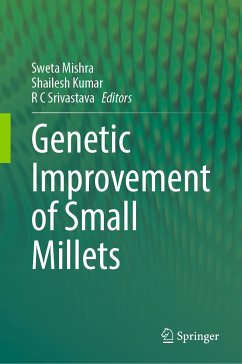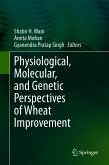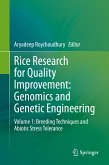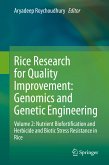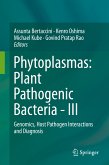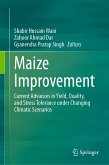Millets originated before 10000 BC and were consumed by humans across civilizations until the green revolution took place in India and other developing countries. After green revolution, due to the advent of high-yielding varieties, as the area, production, and market of wheat and rice increased, the acreage of millets gradually decreased. However, with increasing lifestyle diseases, humans have recognized the potential of small millets crop. It is now being considered as super food and smart food as they are nutri-packed and rich in calcium, phosphorous, iron, zinc, and fiber, which is much higher than that available in wheat and rice.
This book is of interest to the students, research scholars, national and international agricultural scientists, millet professionals, and food industry
Dieser Download kann aus rechtlichen Gründen nur mit Rechnungsadresse in A, B, BG, CY, CZ, D, DK, EW, E, FIN, F, GR, HR, H, IRL, I, LT, L, LR, M, NL, PL, P, R, S, SLO, SK ausgeliefert werden.

